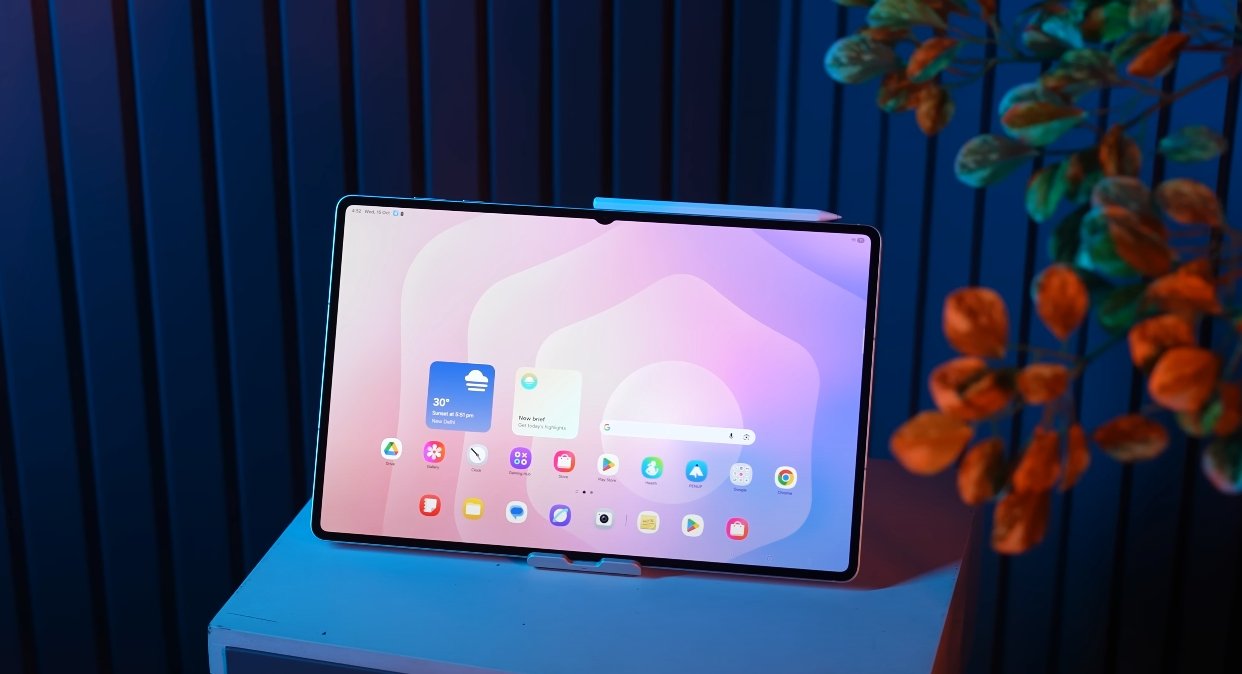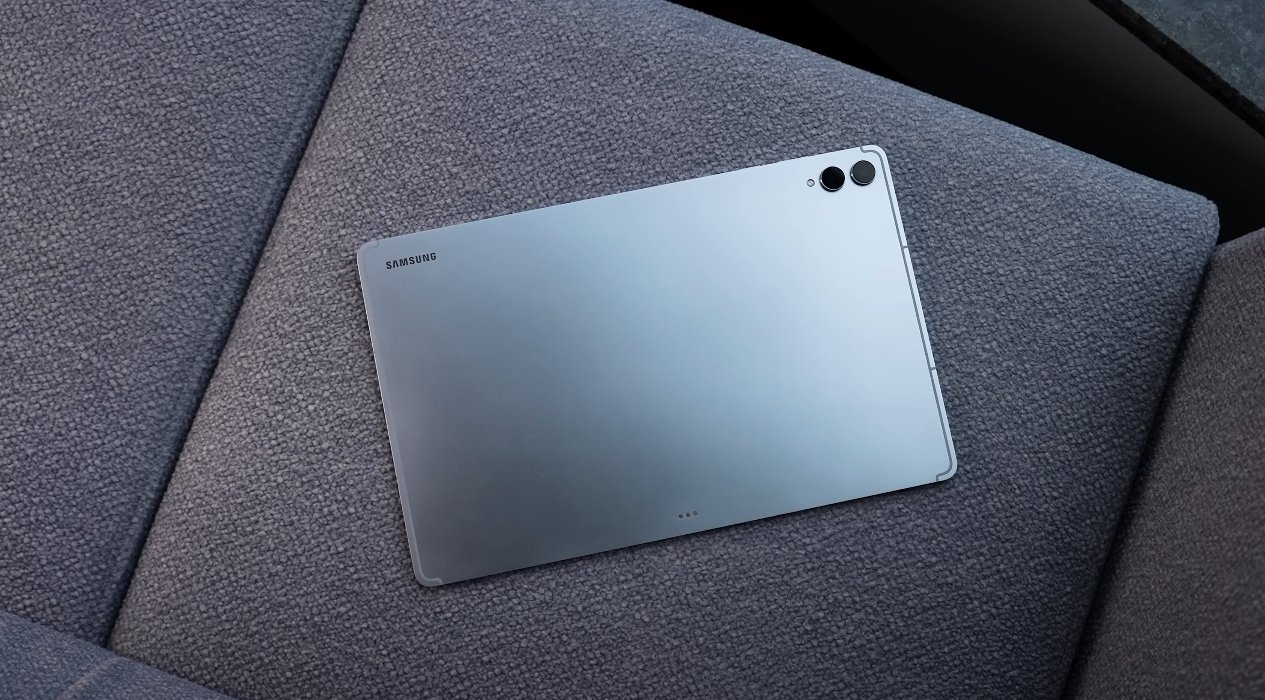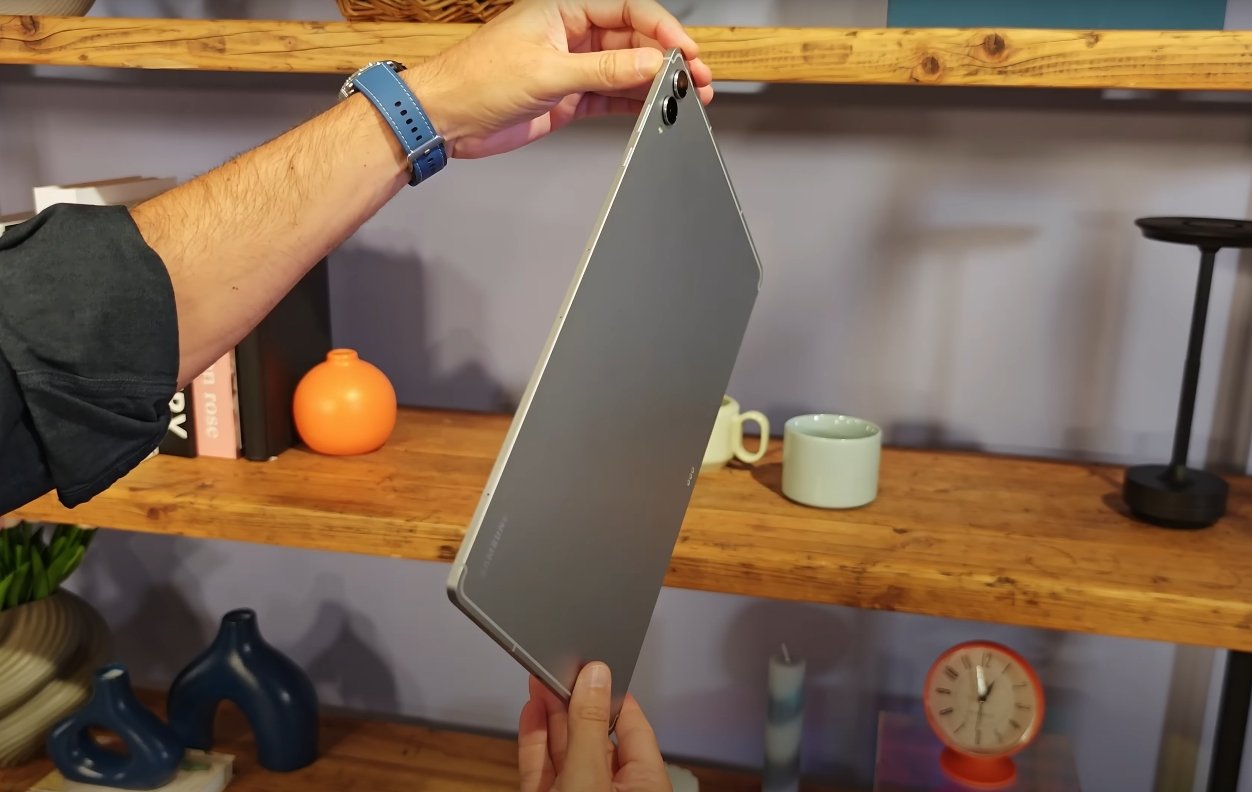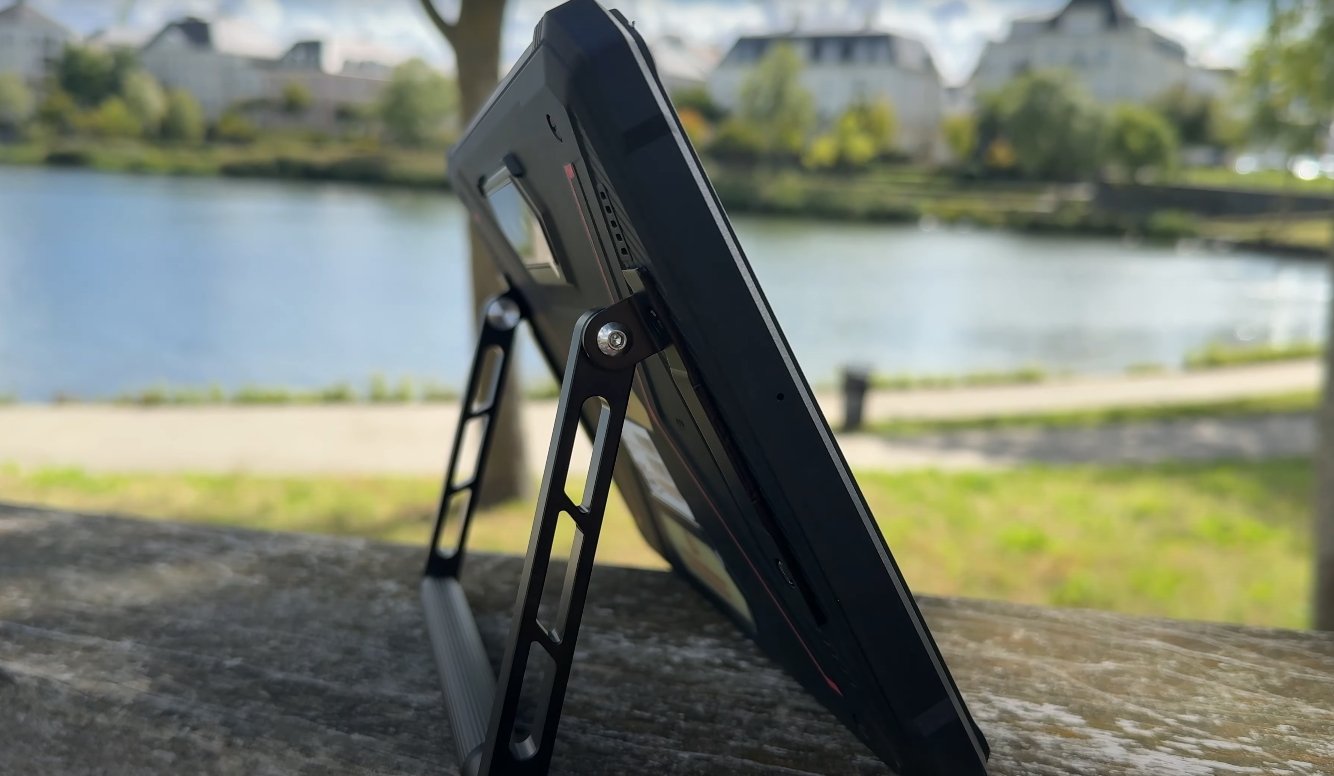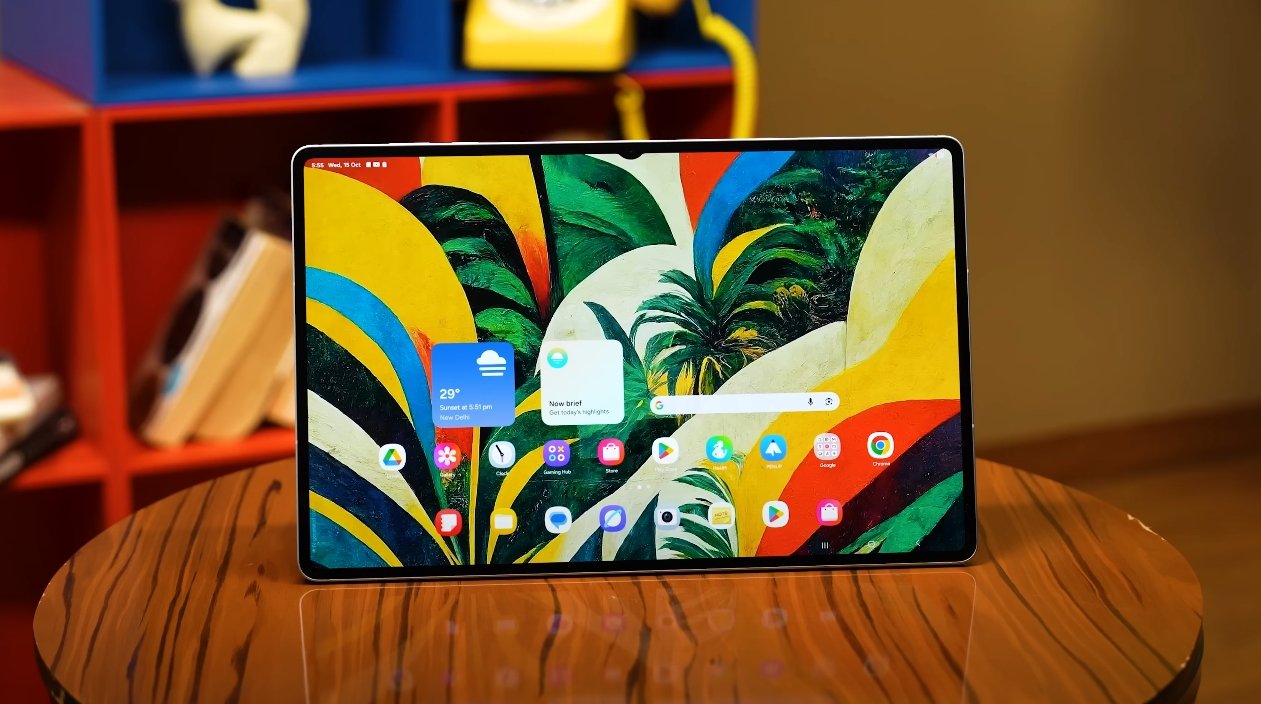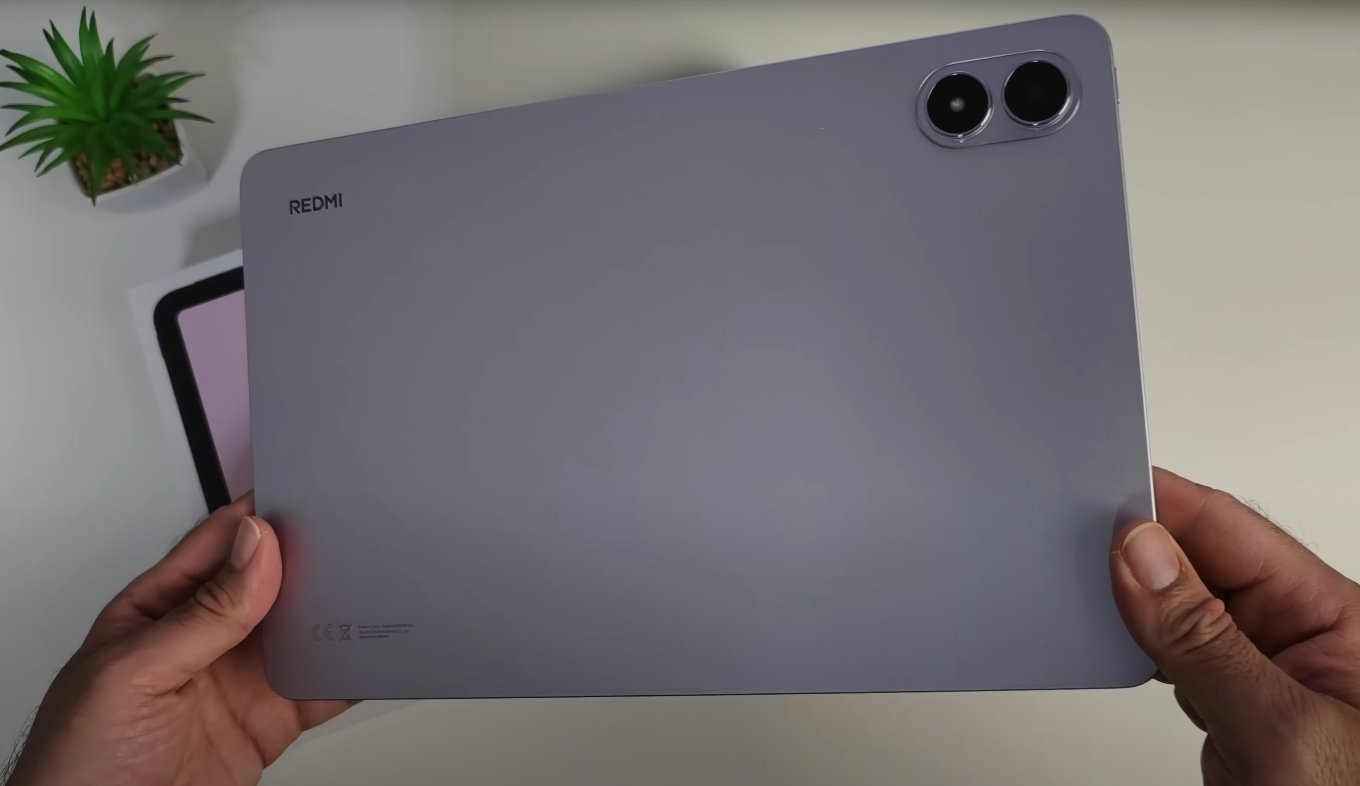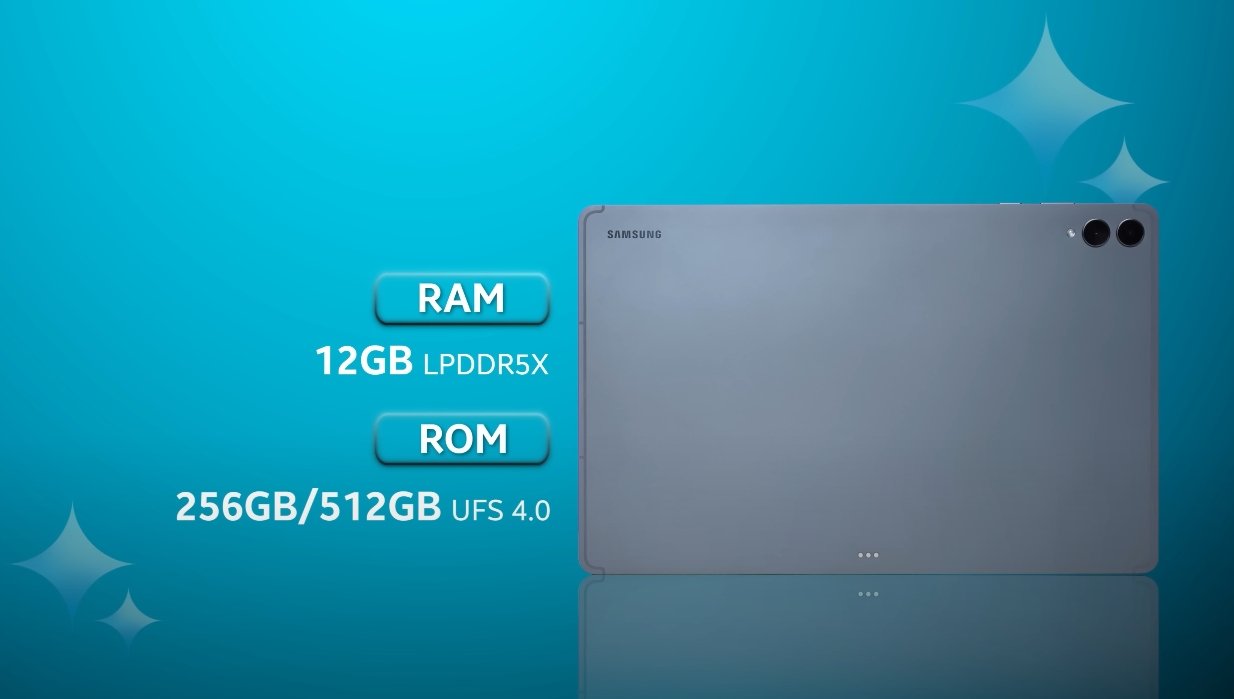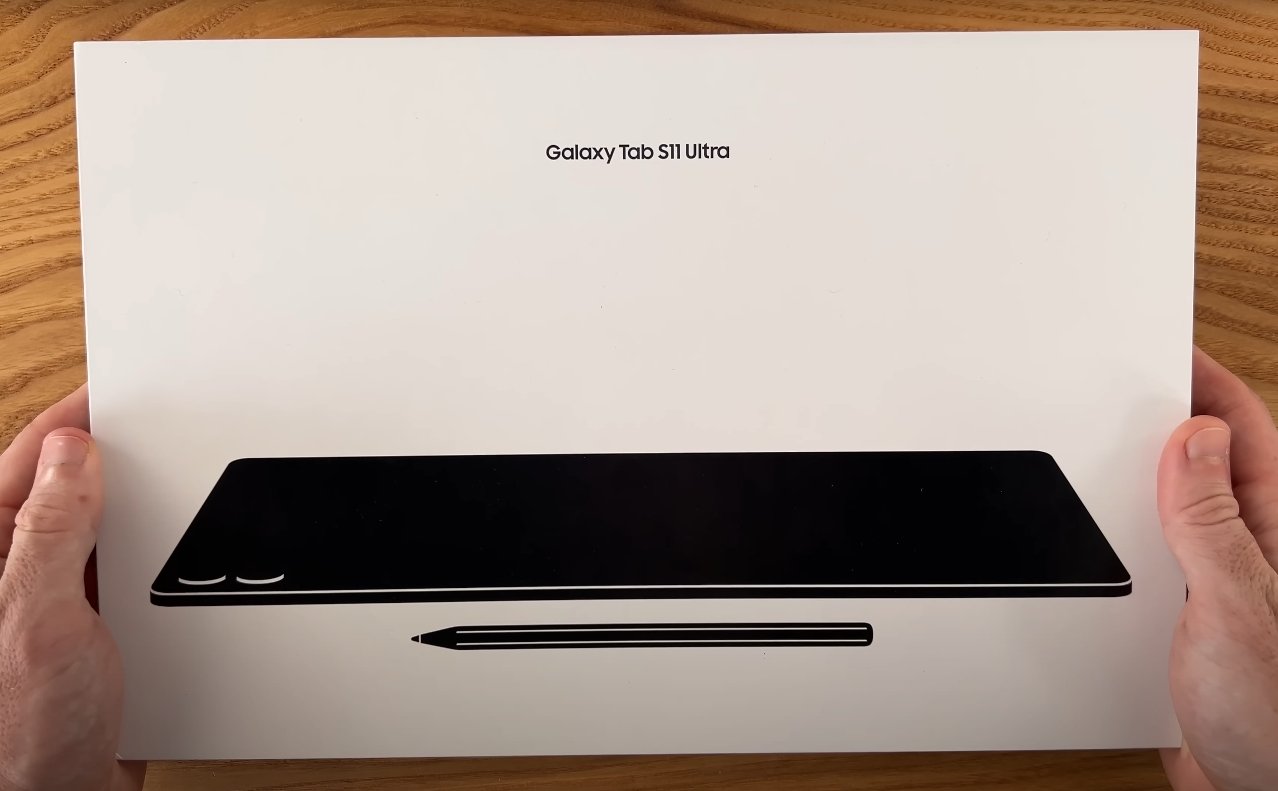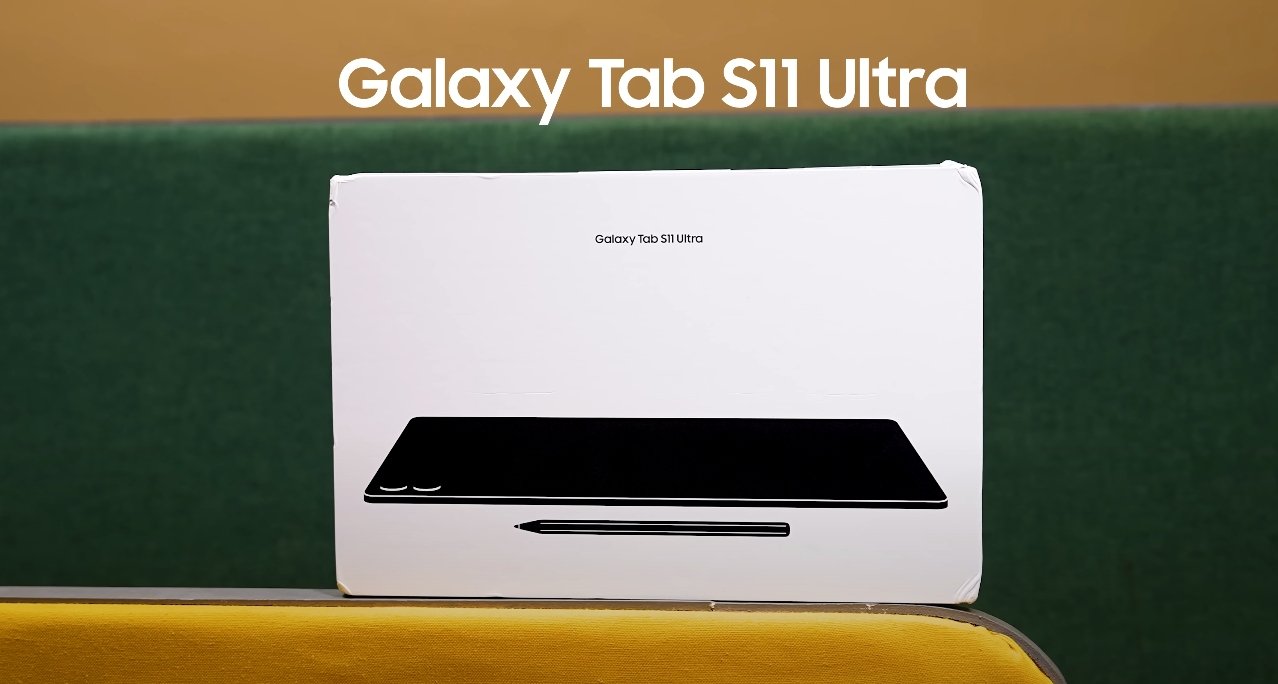Comparing the Galaxy Tab S11 Ultra and Lenovo Tab P13 Pro
The Samsung Galaxy Tab S11 Ultra and Lenovo Tab P13 Pro are two of the most capable Android tablets currently available, catering to professionals, students, and content creators who need high performance and versatile functionality. Both devices offer impressive specifications, but they differ in display, performance, cameras, battery, and software experience, making it essential to understand their strengths and trade-offs before making a choice.
Starting with the display, the Galaxy Tab S11 Ultra features a 14.6-inch Dynamic AMOLED 2X screen with a resolution of 2960 x 1848 pixels and a 120Hz refresh rate. This large and bright screen is ideal for multitasking, creative work, and media consumption, providing users with an immersive experience. The Lenovo Tab P13 Pro, by comparison, has a 12.8-inch AMOLED display with a resolution of 1600 x 2560 pixels and a 144Hz refresh rate. While the Tab P13 Pro offers a slightly higher refresh rate for smoother visuals, its smaller screen gives less workspace for productivity tasks and creative applications. Users who prioritize screen real estate and immersive media will find the Tab S11 Ultra more suitable, while those looking for a compact and responsive display might prefer the Tab P13 Pro.
In terms of performance, the Galaxy Tab S11 Ultra is powered by a 3-nanometer MediaTek Dimensity 9400+ processor, which delivers significant improvements in CPU, GPU, and AI processing compared to previous generations. This ensures smooth handling of demanding applications, such as 4K video editing, gaming, and multitasking with multiple apps. The Lenovo Tab P13 Pro, equipped with a Qualcomm Snapdragon 8 Gen 1 chipset, also offers strong performance, capable of running high-end apps and games efficiently. However, the Dimensity 9400+ in the Tab S11 Ultra provides a slight edge in energy efficiency and sustained performance, making it more suitable for longer professional sessions and intensive creative work.
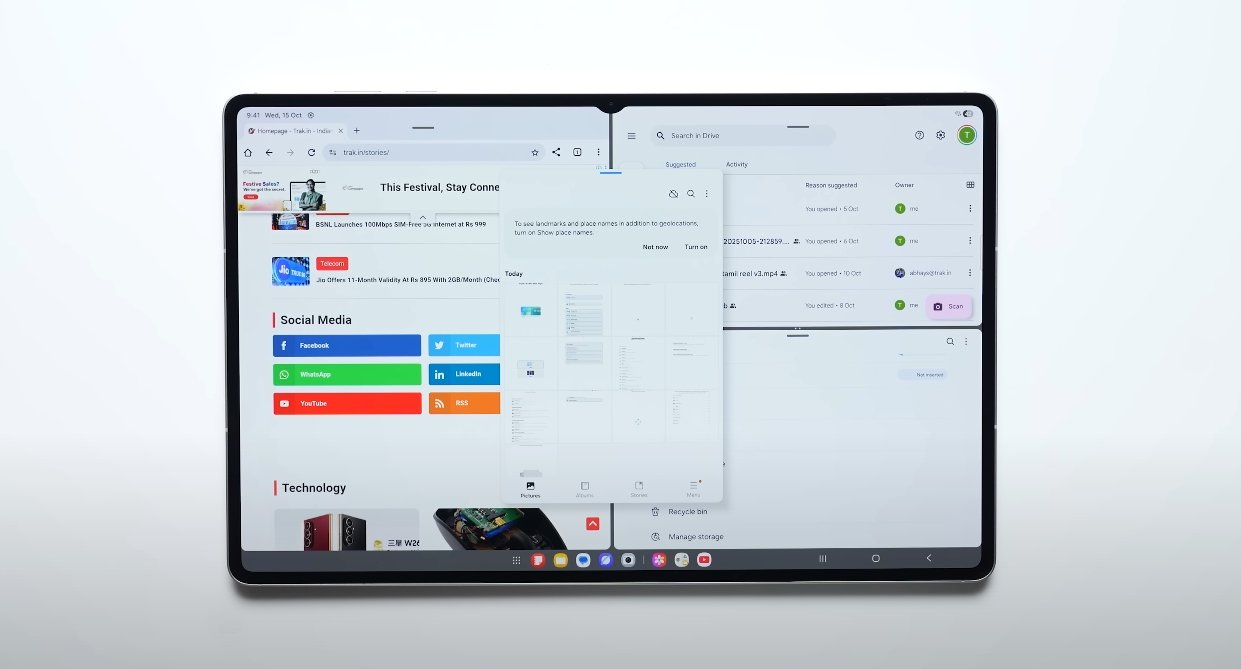
Camera capabilities also differ between the two tablets. The Galaxy Tab S11 Ultra features a 13 MP wide-angle and 8 MP ultra-wide rear camera setup, along with a high-quality front camera, making it suitable for video calls, content creation, and casual photography. The Lenovo Tab P13 Pro, however, offers a 50 MP rear camera with a time-of-flight (TOF) sensor, delivering higher-resolution images and better depth perception for photos and videos. Users who rely on their tablet for photography or high-quality video recording may prefer the P13 Pro, while those focused on productivity and creative work may find the S11 Ultra’s cameras sufficient for most tasks.
Battery life is a critical consideration for portable devices, and both tablets perform well in this regard. The Galaxy Tab S11 Ultra is equipped with an 11,600mAh battery, supporting long hours of video playback, multitasking, and creative work. The Lenovo Tab P13 Pro offers a slightly larger 11,800mAh battery, which also ensures extended usage and can last through a full day of heavy activity. Both devices support fast charging, allowing users to quickly recharge their tablets and minimize downtime, making them reliable for travel, work, or study sessions.
Software and ecosystem integration are another point of differentiation. The Galaxy Tab S11 Ultra runs on Android 16 with Samsung’s One UI 8, offering features optimized for productivity, multitasking, and creative workflows. Samsung’s ecosystem allows seamless integration with Galaxy smartphones, laptops, and wearables, enhancing overall usability. The Lenovo Tab P13 Pro operates on Android 14 with a near-stock interface, providing a clean and responsive experience. While Lenovo’s software is straightforward and efficient, it lacks the extensive ecosystem integration that Samsung provides, which can influence users who own multiple Samsung devices.
Finally, price and value are important factors for many users. The Galaxy Tab S11 Ultra is positioned as a premium tablet, reflecting its high-end specifications, large display, and ecosystem advantages. The Lenovo Tab P13 Pro, while also offering flagship-level performance, is generally more affordable, making it a strong option for users seeking high performance without paying the premium price. Choosing between these tablets depends on whether a user prioritizes display size, ecosystem integration, and premium features or prefers a slightly more compact and budget-friendly device with strong performance and camera capabilities.
In conclusion, both the Samsung Galaxy Tab S11 Ultra and Lenovo Tab P13 Pro deliver excellent performance, high-quality displays, long battery life, and versatile functionality. Users who need a larger screen, advanced software integration, and premium multitasking features may find the Galaxy Tab S11 Ultra the better choice. Those who want a powerful tablet with superior camera capabilities and a more accessible price may prefer the Lenovo Tab P13 Pro. Each tablet has distinct advantages, ensuring that either choice can provide a productive and satisfying user experience depending on individual needs and priorities.
Also Read: What USA Shoppers Think of the HUAWEI MatePad Pro 12.2
